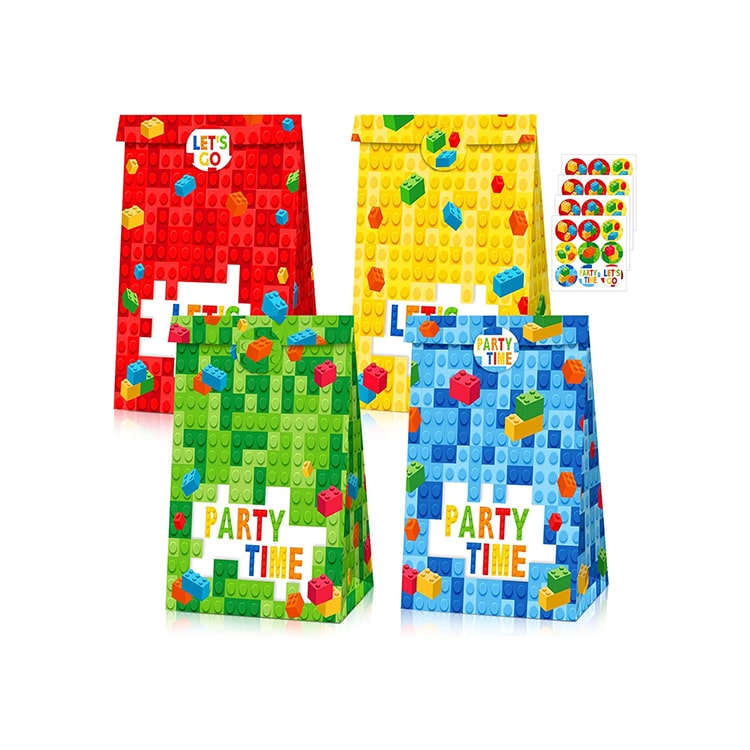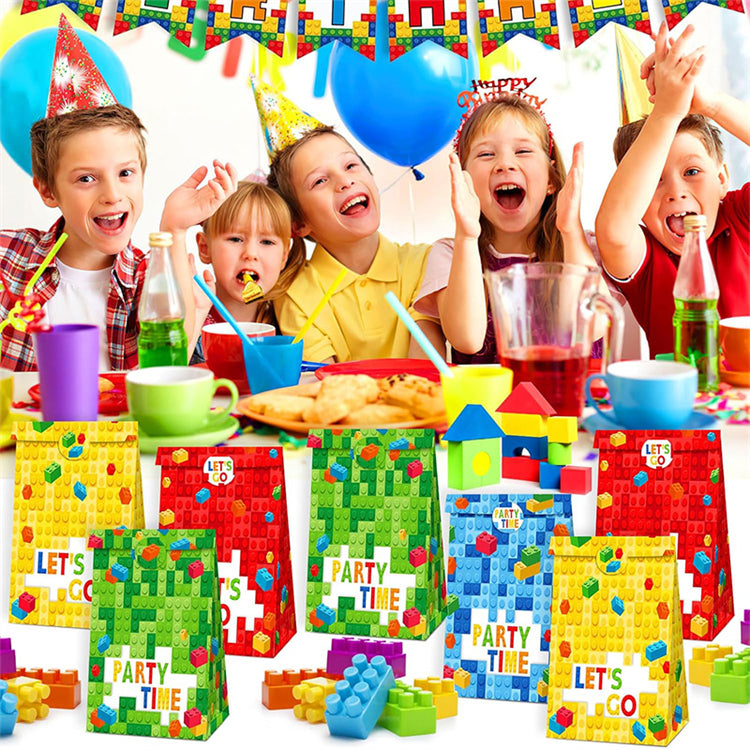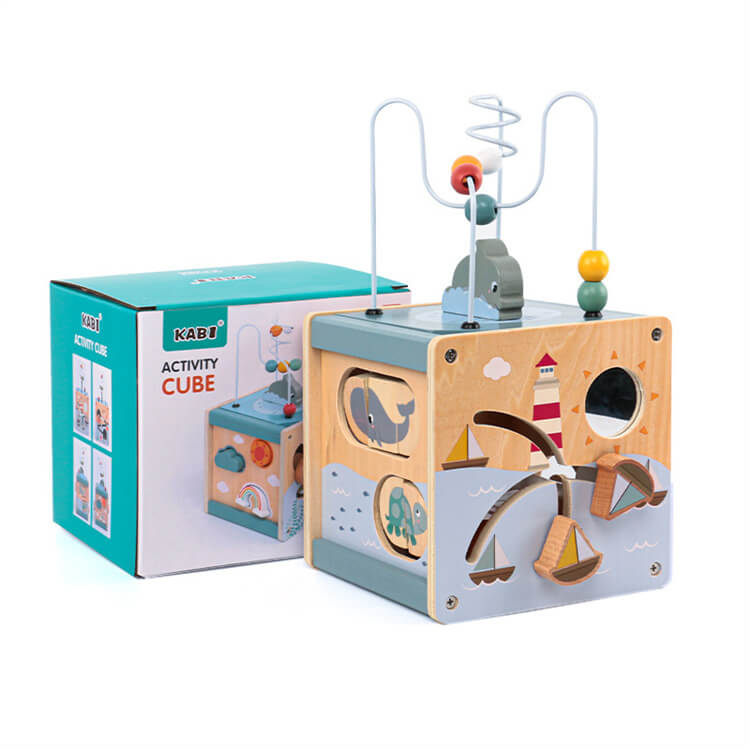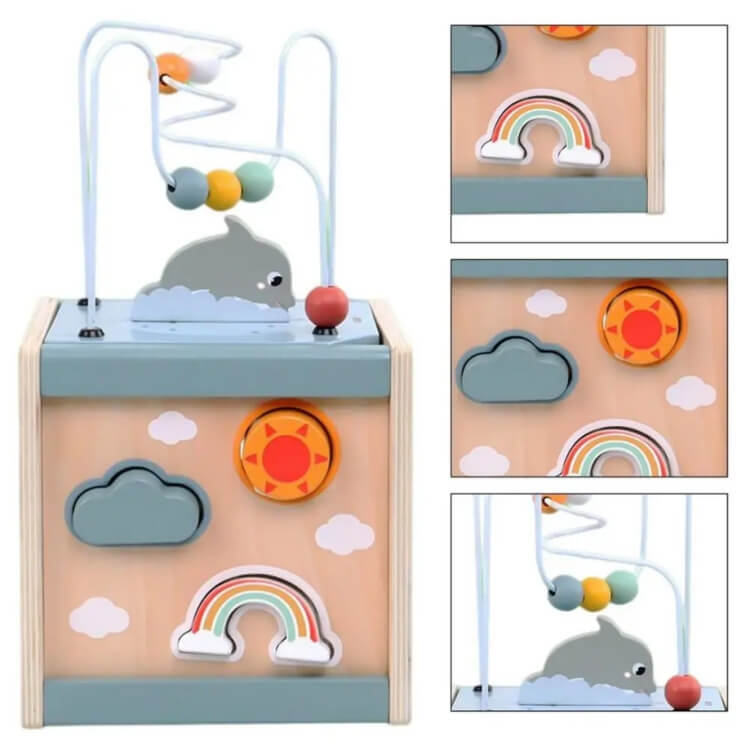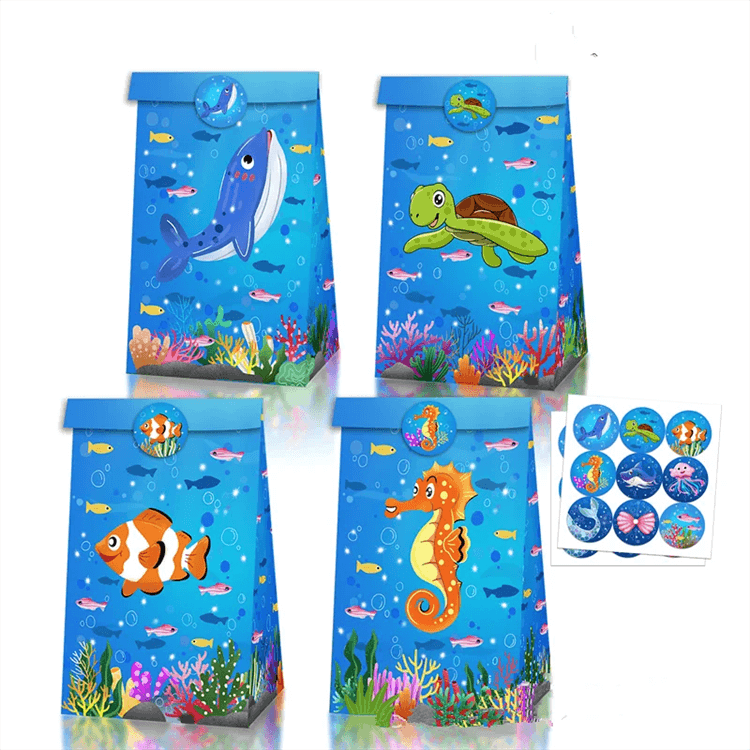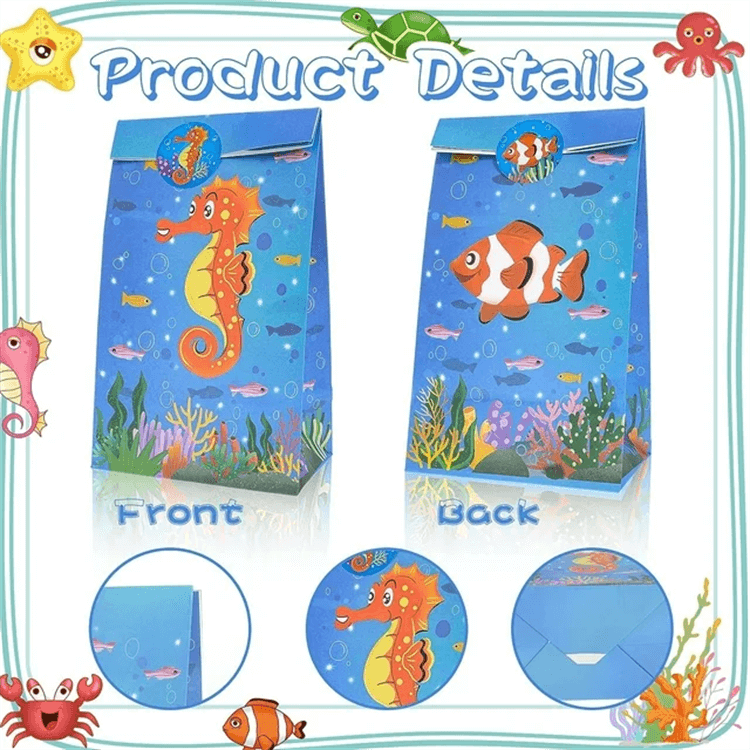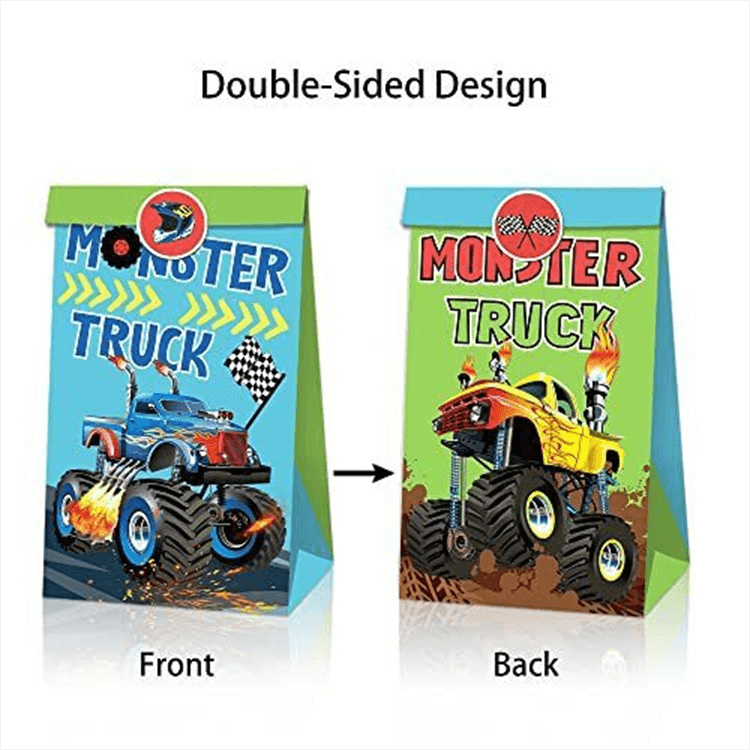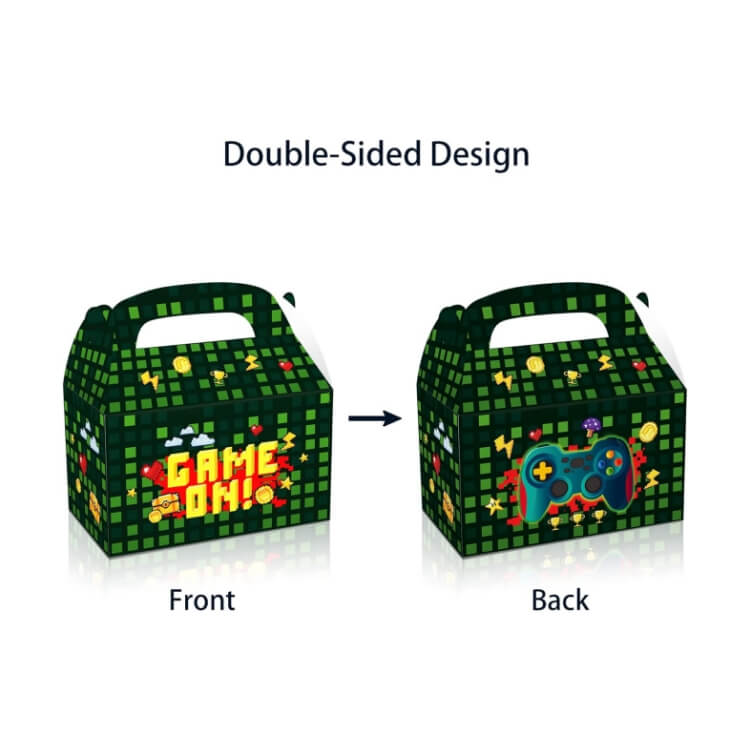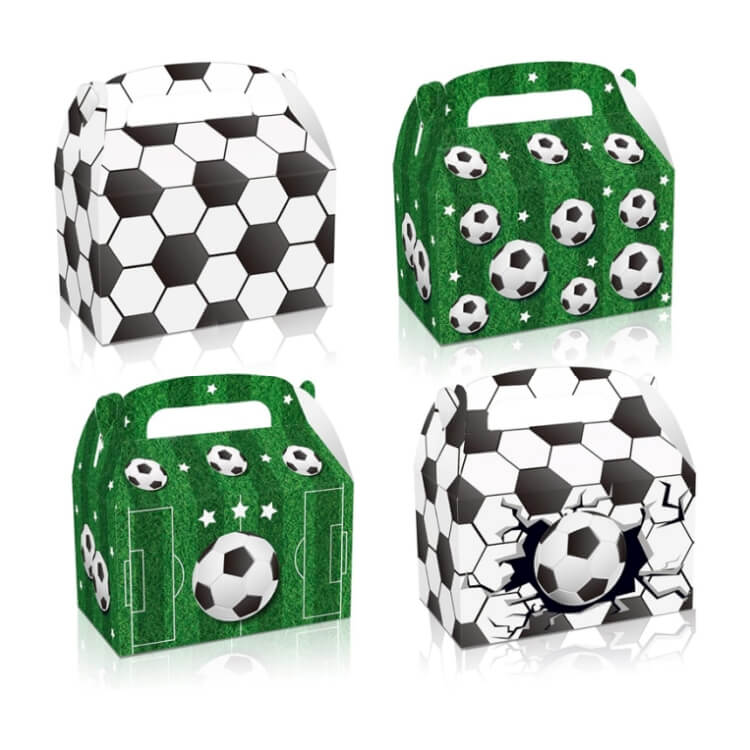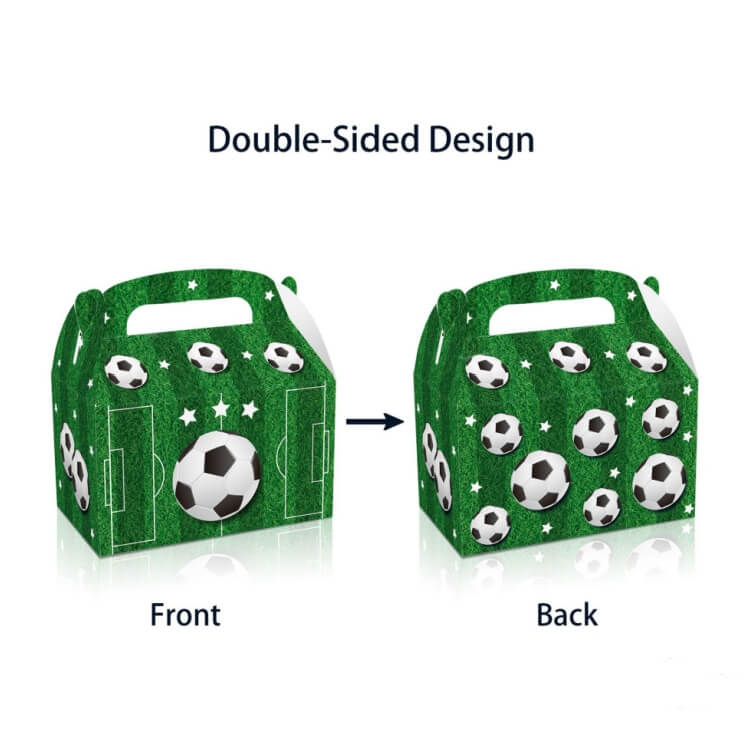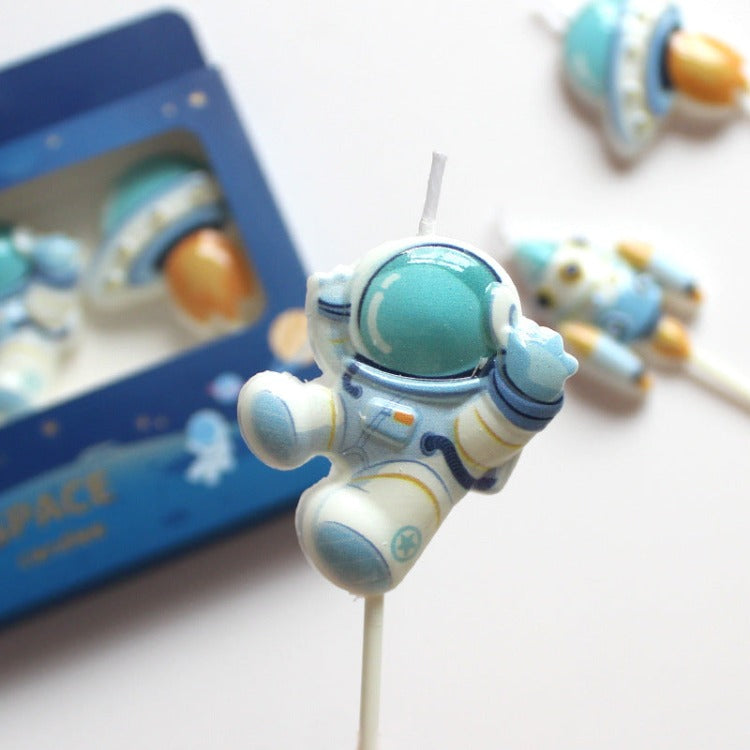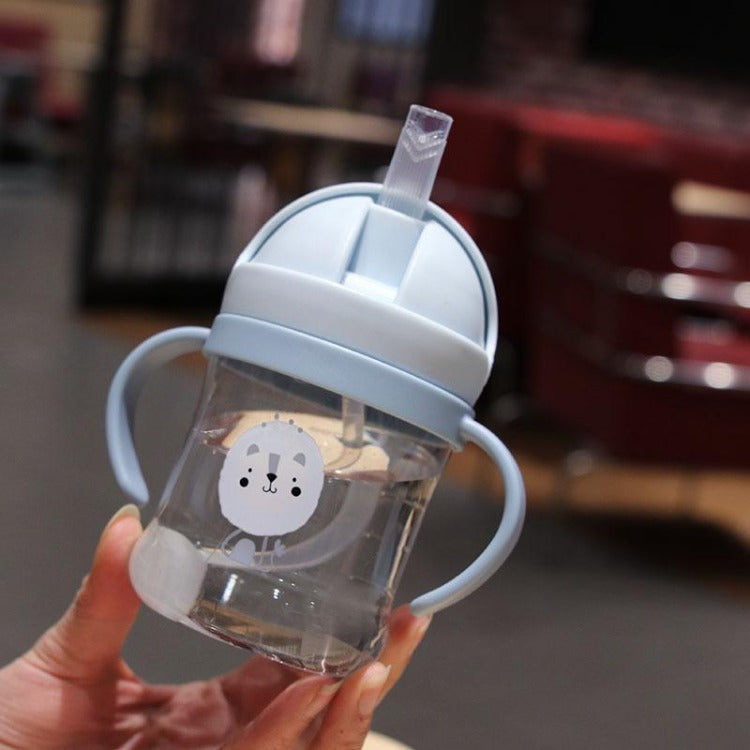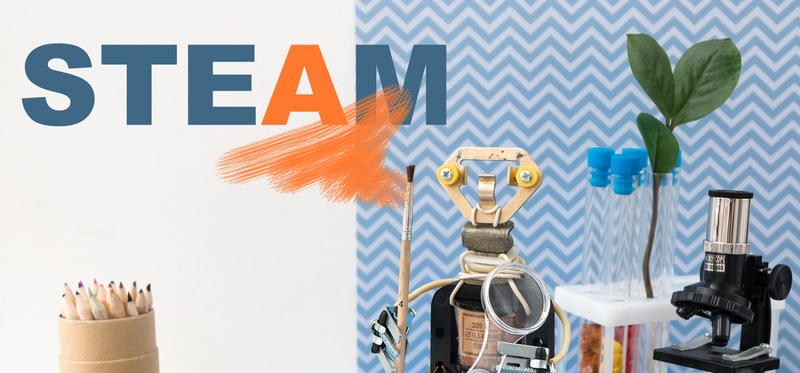
STEAM (Science, Technology, Engineering, Arts, and Mathematics) education has become an increasingly important part of modern childhood development. By providing hands-on learning opportunities and a focus on interdisciplinary skills, STEAM programs aim to foster creativity, critical thinking, and problem-solving skills in kids.
STEAM Programs
In STEAM programs, children engage in activities that promote the development of key skills such as coding, design, engineering, and project-based learning. These activities are designed to be both challenging and fun, helping kids develop their critical thinking and problem-solving skills. For example, through coding, kids learn how to think logically and systematically, and through engineering activities, they develop an understanding of how to design and build functional structures.
STEAM programs also provide opportunities for kids to develop their creativity and imagination. Through arts-based activities such as graphic design, drawing, and animation, kids can express their ideas and bring their visions to life. This helps build confidence and self-esteem, while also nurturing a love of learning and a curiosity about the world around them.
Benefits of STEAM
In addition to these benefits, STEAM programs also provide kids with the opportunity to explore real-world applications of science, technology, engineering, arts, and mathematics. By working on projects and participating in activities that are relevant to the world around them, kids gain a deeper understanding of the impact of these subjects on their daily lives.
For instance, through STEAM programs, kids can learn about renewable energy, sustainable design, and other environmentally-focused topics. This helps foster a sense of responsibility and a desire to make a positive impact on the world, inspiring them to become responsible global citizens.
STEAM Success
One of the keys to a successful STEAM education is having experienced and knowledgeable instructors who can guide and support kids as they learn. These instructors should have a strong understanding of the subjects they are teaching and be able to present them in a way that is engaging and accessible to kids. They should also be able to provide support and feedback as kids work on their projects, helping them develop their skills and achieve their goals.
It is also important to provide kids with access to the right tools and resources, such as computers, design software, and building materials. This allows them to explore their interests and experiment with different techniques and ideas. By having access to these resources, kids can develop their skills and gain a deeper understanding of the subjects they are learning.
Importance of STEAM
Another important aspect of STEAM education is collaboration. By working on projects and activities with their peers, kids learn how to work together, communicate their ideas, and respect different perspectives. This helps build teamwork and leadership skills that will be valuable in their future careers and personal lives.
In conclusion, STEAM education is an essential part of modern childhood development. By providing hands-on learning opportunities that are challenging and fun, STEAM programs help kids develop important skills such as critical thinking, problem-solving, creativity, and teamwork. By fostering a love of learning and a deeper understanding of the world around them, STEAM programs help kids become well-rounded, confident, and responsible individuals who are well-prepared for the future.
iKids have a wide range of educational toys that include various STEAM elements, make playtime fun with the Busy Bus Screw Driver Board, various Montessori toys, a wide variety of wooden toys and extensive range of early development toys.





